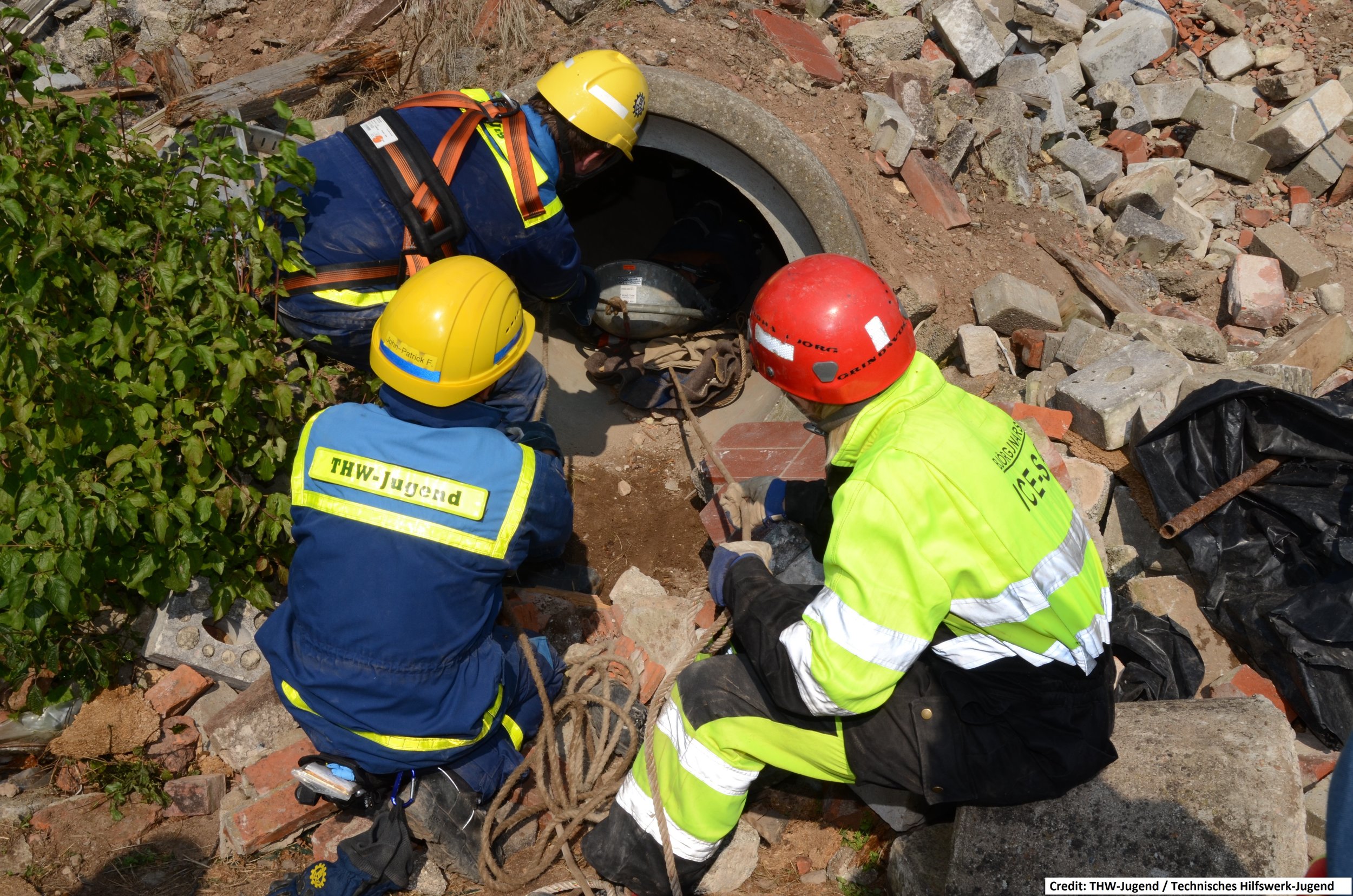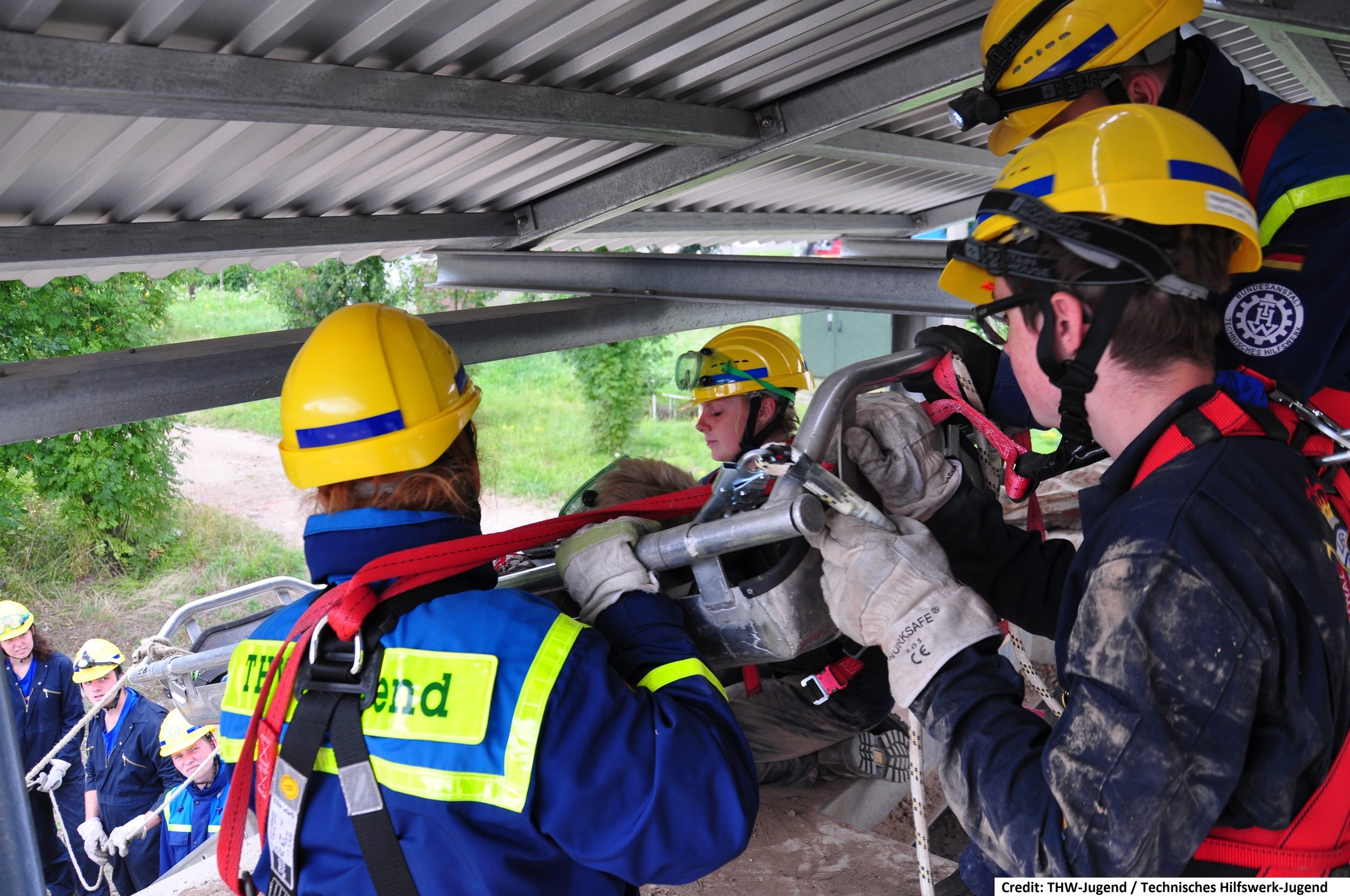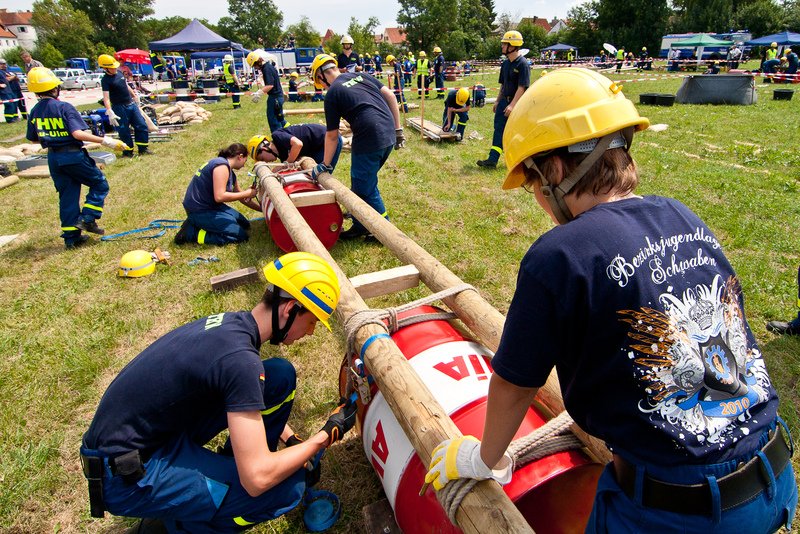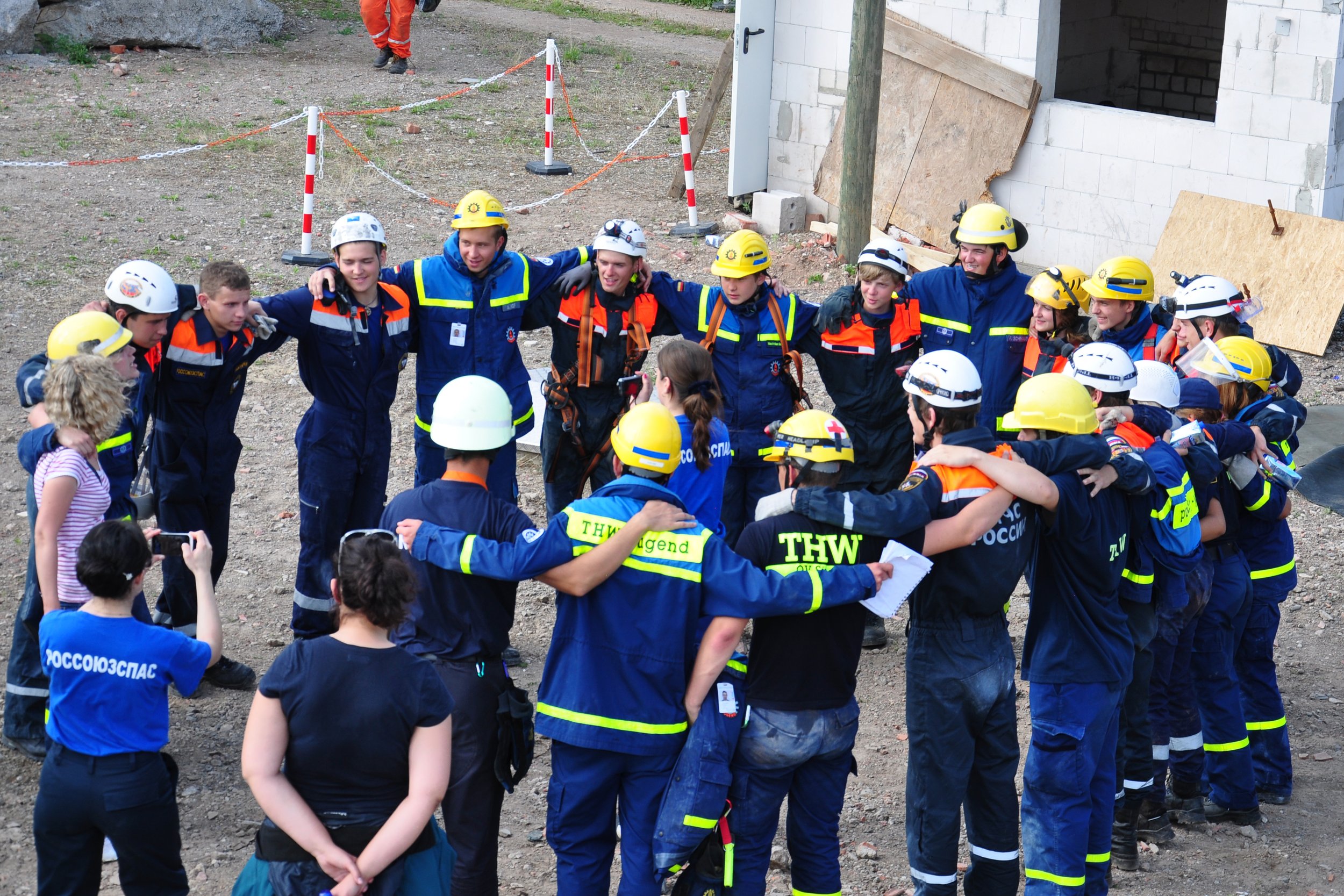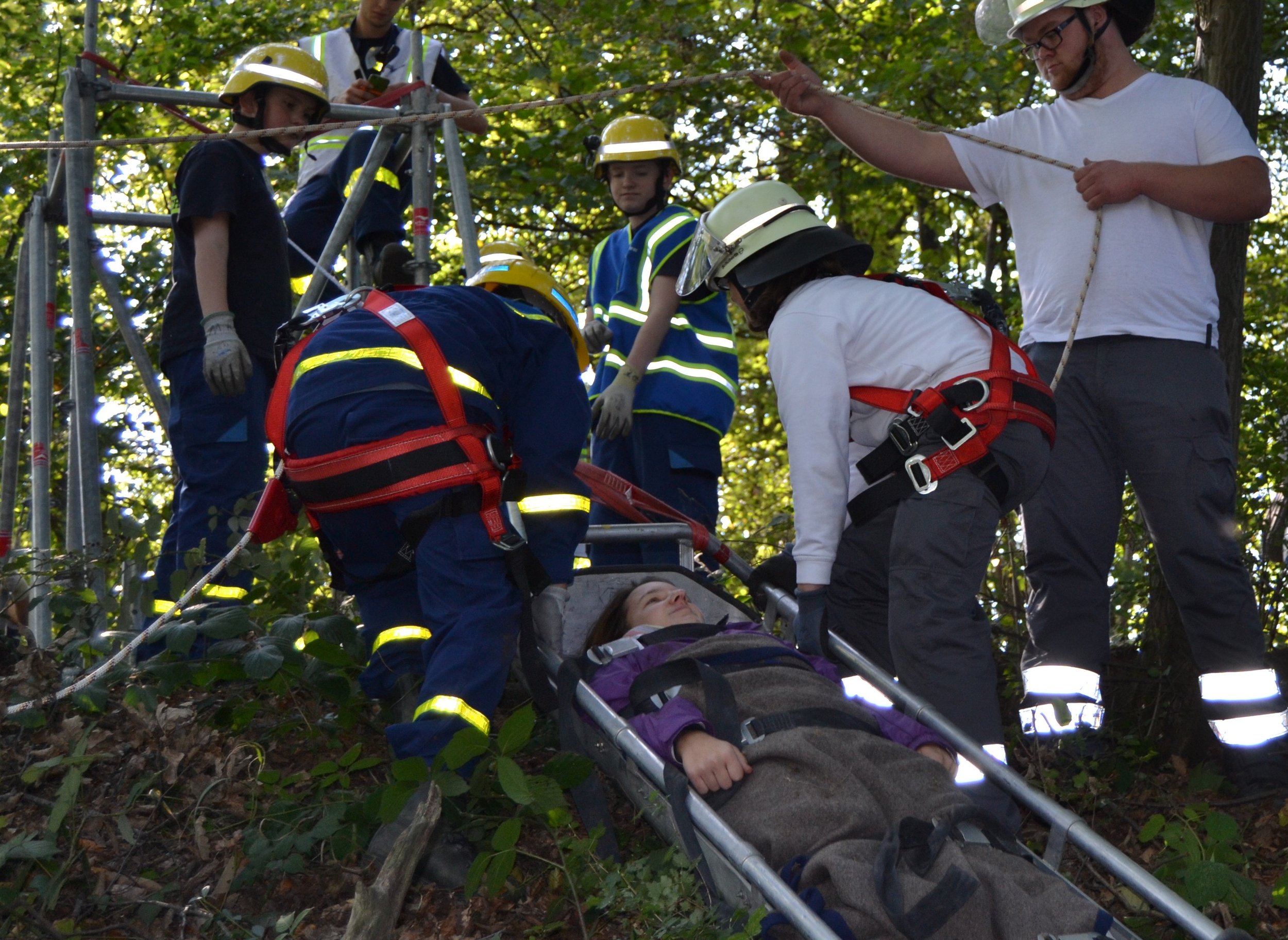
The Need
"Oh Canada, We Stand On Guard For Thee"
Climate change is a pressing global issue that has been on the rise for decades. One of the most significant and direct impacts of climate change is the increasing frequency and severity of disasters, such as storms, heat, wildfires, and floods. These disasters have devastating consequences including loss of life, destruction of infrastructure, displacement of communities, trauma, and significant economic costs.
Training youth in an age appropriate, fun and playful way to anticipate, respond to and remain in control of challenging situations, significantly mitigates the negative impact of disaster events - which otherwise can result in cascading damage, long term financial and mental health trauma for both young people and adults alike.
Since 2004, federal disaster response via Canadian Armed Forces deployment has increased by over 1000%. The asset of last resort has become the first go to. While this demonstrates the need for a reliable, quickly deployable operational arm of government, it also points to the critical lack of extra local and regional capacity.
Climate change adaptation is no longer a choice. The government of Canada’s 2023 National Risk Profile Report states: “In the face of more frequent and dangerous disasters, we cannot protect ourselves if we don’t understand the risks. Successful preparation & response requires that we all play a role in managing these risks.”
The Time to Act is Now
Disasters across Canada and the world have highlighted the importance of preparedness, including the benefits of special capabilities and surge capacity readiness to mitigate the impact of these events and to speed up recovery. The increase of disaster impact with a lack of preparedness is accompanied by a steady rise in anxiety, stress, and an overall decline in mental health. Most notably, teenagers and youth are expressing disappointment by the perceived inactions of adults and governments to address global challenges.
“A 2021 study by The Lancet revealed that more than 45% of children and youth said their feelings about climate change negatively affected their daily life and functioning. Further to this, 75% per cent said that they think the future is frightening while 83% said that they think adults have failed to take care of the planet.” The Canadian Mental Health Association (CMHA)
The Challenge
“We Some Stand on Guard for Thee”
Emergencies that escalate beyond the capacity of local authorities require speedy and reliable support. Since 2004, federal response via Canadian Armed Forces (CAF) deployment has increased by more than 1000%. The CAF, the asset of last resort, have become the first go to. Bringing in help from outside is always reactive; it creates a divide between those impacted and those who come to the rescue, and it does not encourage communities to pro-actively identify local hazards and address vulnerabilities, and to build their own disaster response capacity.
To be able to protect their communities, Canadians must be supported and given a role to play. By training in civil protection skills, technical equipment, and continuously engaging to ensure readiness, they can be an efficient and reliable asset. Most of all, they will be less impacted by the negative effects of disasters. As disasters increase, leadership must strengthen the EM-system by creating the structure necessary to support a “whole of society approach” that ensures standardized training, joint drills, sustainability, and provides citizens with the opportunity to build resilience from an early stage, and to act as trained volunteers when called on for assistance.
Our Solution
Building Climate-Resilient Communities
In order to change the culture of preparedness and to empower youth as the knowledge holders, we introduce a new perspective and skill development, allowing peers and adults to train in an inclusive, coordinated manner in flood protection, rescue techniques, debris clearing and many other areas. Learning how to safely help oneself and others builds confidence and resilience, and results jointly and safely in a deep understanding of the importance of mitigation and preparedness.
The key to success is integrating youth into our joint efforts. We need to ensure youth are armed with the mindset, skills, and resilience needed to face future challenges, instead of categorizing them as vulnerable. We focus on teaching in an age appropriate, fun and playful way to anticipate, respond to and remain in control of challenging situations. This training significantly mitigates the negative impact of disaster events - which otherwise can result in cascading damage, long term financial and mental health trauma for both youth and adults.
Harnessing social capital, coordinated teamwork, and creating local capacity for disaster readiness is no longer a choice. Many of our international allies have long started to build local, citizen-based disaster readiness capacity.





